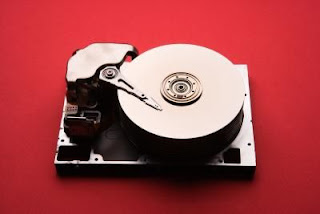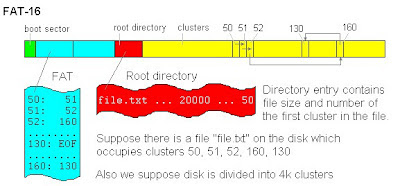Unallocated Space
we often hear the word unallocated space. for that I will discuss this time. Unallocated space is the available disk space and are not allocated to any volume. Type of volume you can create on the unallocated space depends on the type of disk. On a basic disk, you can use the unallocated space to create primary or extended partition. On dynamic disks, you can use the unallocated space to create a dynamic volume.
For example, if an operating system to write files to a specific space on the hard drive is part of the drive now "allocated", because the file tersebbut use that space, then we can not use that space. If the file is deleted it is part of the hard drive is no longer necessary to "allocated" to things that are not filled, so that we can use that location to write the file.
we assume a new NTFS formatted 100 GB hard drive starts with the unallocated space 99.9%, we will assume 100%. All unallocated space would be zero, literally 00 00 00 written on the hard drive.
If a 1 GB file, such as a database, placed on the drive, then there will be 1% (1 GB) of space allocated and unallocated 99% (99 GB). The new file will only be written to the remaining unallocated space.




Comments
Post a Comment